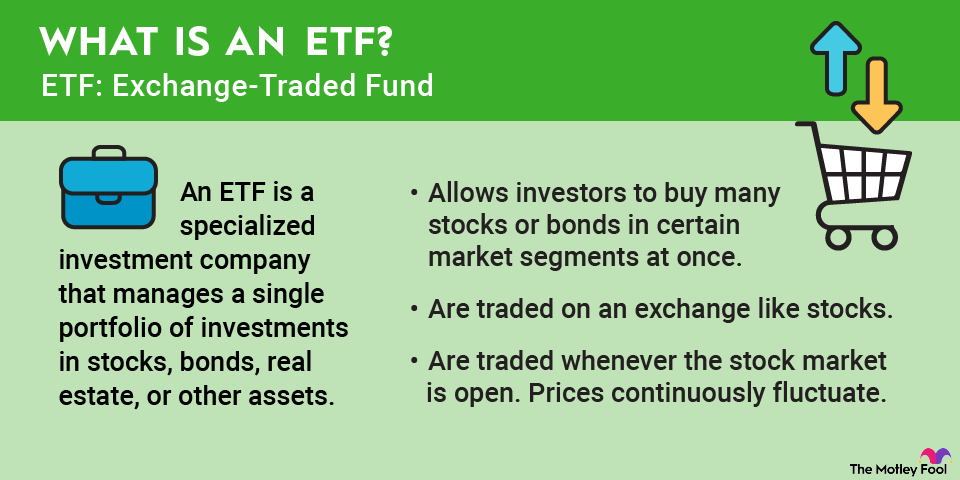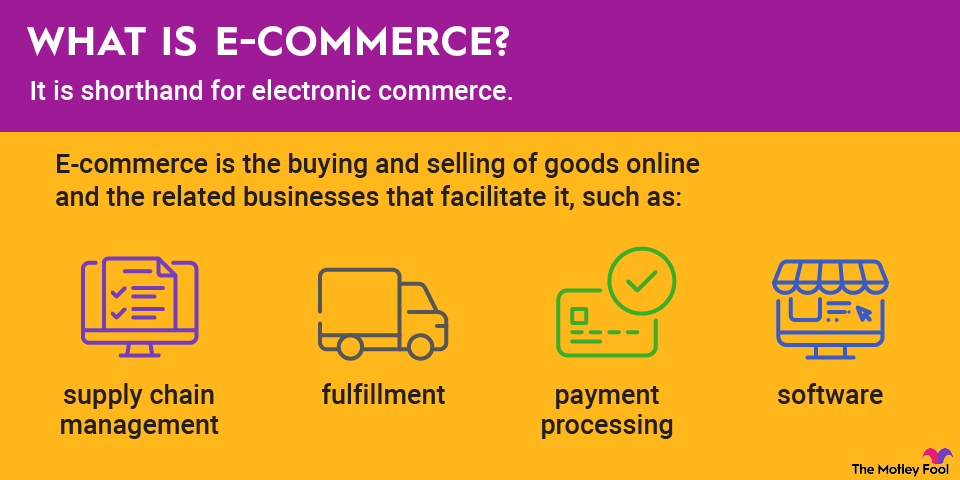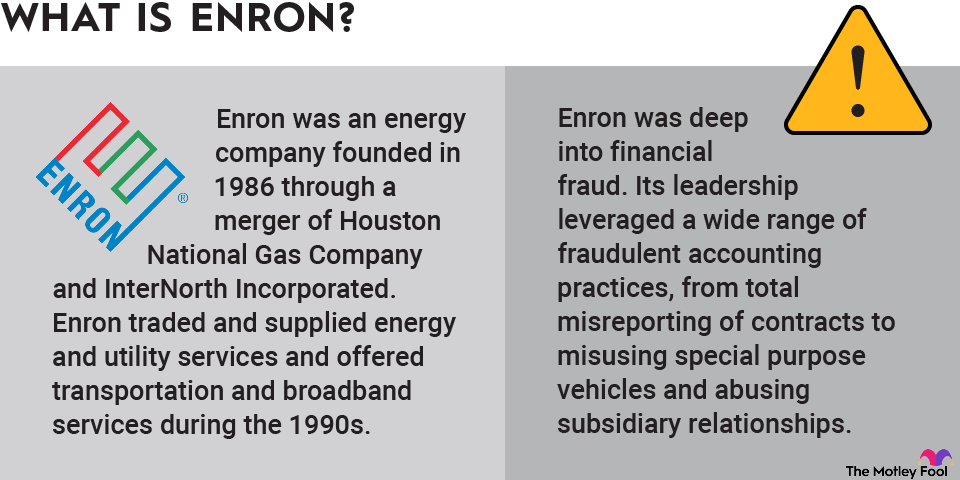Upside and fixed income don’t always go together, but in the case of equity-linked notes, they can fit together like two peas in a financial pod. An equity-linked note (ELN) is a hybrid financial instrument that combines a non-traditional fixed-income investment with exposure to an underlying stock or equity index. It offers investors a way to earn higher returns than traditional bonds, but still offers a level of downside protection. ELNs aren’t something shiny and new; they’ve been around for a while, and have gradually increased in popularity. Here’s how they work and whether they might make sense for you.

Understanding equity-linked notes
An equity-linked note is fundamentally a debt instrument, similar to a bond, that ties its return to the performance of a specific underlying stock. It’s issued by a bank or financial institution and has a set maturity date, like any traditional note. Unlike a normal run-of-the-mill bond, the payment out at maturity is variable, since the underlying equity price is also variable.
Most ELNs offer a fixed coupon or potential return, provided certain conditions are met. If the equity performs well (usually staying above a certain price level called the 'barrier'), the investor receives a premium or full repayment with interest. If the equity falls below a predetermined barrier or “knock-in” level, the investor may receive shares instead of cash, or in many cases, take a partial loss. ELNs are part bond, part stock option, and are designed for equity investors who want structured risk/reward payments.
Why equity-linked notes matter
ELNs serve a specific purpose, which is to serve investors who are looking for both yield and are willing to stomach some stock market risk to achieve it. They are particularly popular when interest rates are low and traditional bonds don’t offer enough return to justify the investment.
ELNs also offer a type of customizability. Banks can tailor ELNs based on the investor’s view of a particular stock or index. For example, if an investor believes Tesla (TSLA +1.47%) stock will stay above $200 over the next six months, an ELN might offer a 10% return if the stock stays above that level, or convert to Tesla shares if it dips below it.
These notes are also popular with investors who wouldn’t mind owning the underlying stock at a lower price. If the note is put into shares, the investor essentially acquires the stock at a discount compared to the original market price. However, the structure can be complex, and outcomes depend heavily on market conditions and the note’s terms. ELNs can also carry issuer credit risk, meaning the investor is relying on the bank or issuer's ability to repay.
When and how to use an equity-linked note
Investors most often use ELNs in sideways or moderately bullish markets, where they don’t expect huge gains but want better returns than cash or bonds. For example, before the COVID-19 pandemic, the stock market was both moderately bullish, with interest rates generally low by historical standards -- a good mix for ELN investors to come knocking at the door. If the underlying equity remained flat or rose slightly, ELNs outperformed traditional fixed-income investments.
Investors usually go through private banks, brokerages, or structured note desks to acquire the notes. Many ELNs require a minimum investment, often in the five- or six-figure range, so they’re not always accessible to regular retail investors.
When evaluating an ELN, pay close attention to:
- The underlying stock or index.
- The coupon or return being offered.
- The knock-in barrier level (the price threshold).
- The final maturity date.
- Whether returns are capped.
Related investment topics
Example: An ELN tied to Apple stock
Let’s say an investor buys an ELN linked to Apple (AAPL -0.53%) stock with the following terms:
Terms | |
|---|---|
Investment | $100,000 |
Duration | 6 months |
Barrier level | 80% of Apple’s current price ($160 if Apple is at $200) |
Coupon: | 9% return if Apple stays above $160 |
Here’s how it works in basic terminology If Apple’s stock finishes above $160 when the investment ends, the investor just gets their money back plus a 9% return, so $109,000 on a $100,000 investment. But if Apple’s stock is below $160, the investor doesn’t get cash back; instead, they get 625 shares of Apple at that lower price. If the stock dropped a lot, those shares might be worth less than what they were originally invested. So the return revolves entirely around Apple’s price.



















